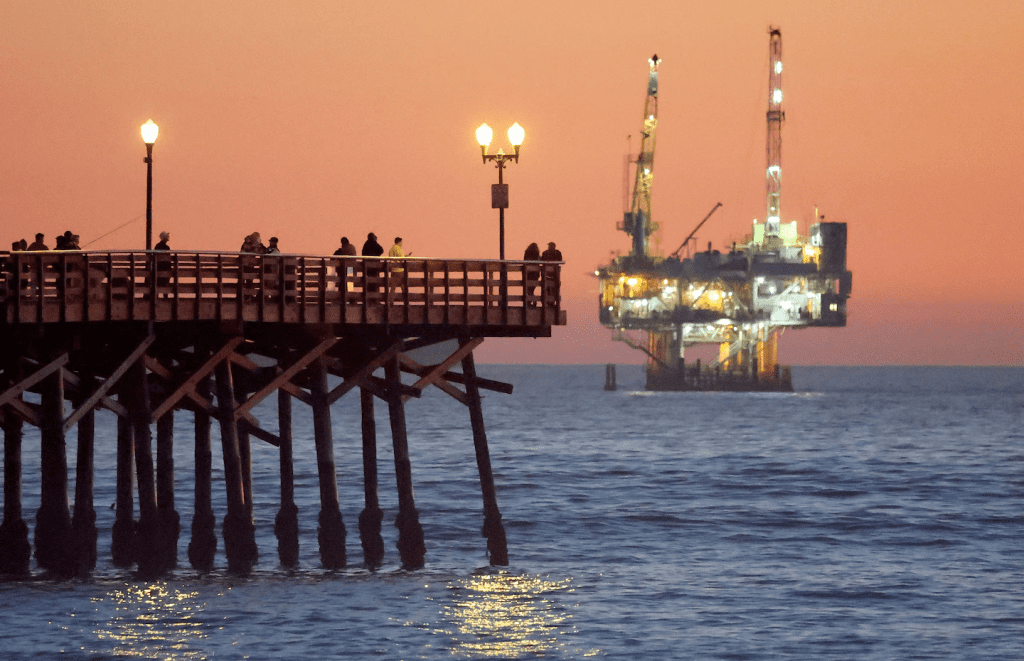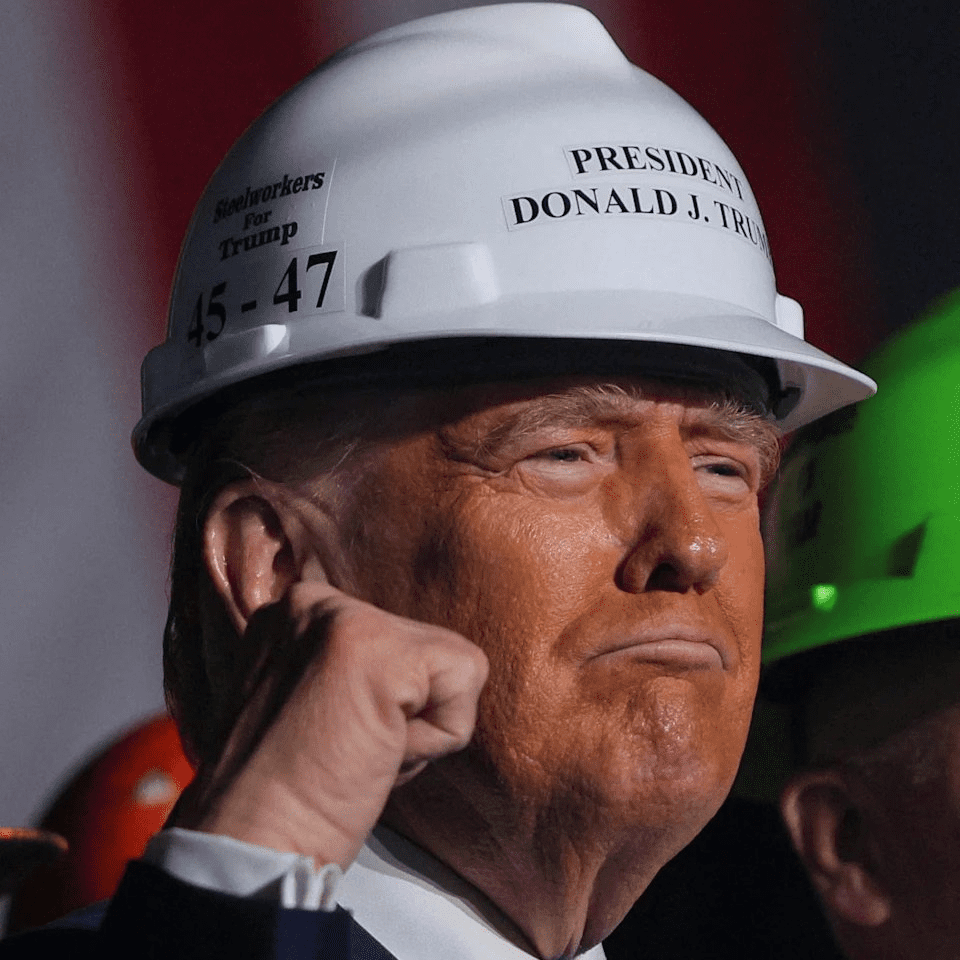1.3 Billion Acres Open for Oil Boom to Fuel America’s Future
Out on the weathered decks of a Louisiana shrimp boat, where the Gulf’s turquoise waves slap against hulls scarred by storms and salt, 52-year-old fisherman Ray Boudreaux hauls in his nets with the rhythm of a man who’s danced with the sea since boyhood, his callused hands telling tales of triumphs and tempests that no calendar can capture. The son of Cajun oystermen who lost everything to the 2010 Deepwater Horizon spill—a black tide that turned his family’s livelihood to tar balls and heartbreak—Ray’s days now blend wary hope with the grind of $4.50-a-gallon diesel that eats half his catch’s profit. “Every tank-up feels like robbing my kids’ college fund,” he says, his bayou drawl thick as the gumbo simmering back home, eyes squinting against the November sun that gilds the rigs on the horizon like distant sentinels. For Ray, those steel behemoths aren’t villains—they’re vindication, a chance to reclaim the waters that took his father’s boat and his own youth in cleanup crews that paid pennies for poison exposure. On November 20, 2025, as President Donald J. Trump unveiled a bold five-year offshore oil and gas leasing program proposing to open nearly 1.3 billion acres of federal waters—vast swaths off California, Florida, and Alaska—to new exploration, Ray felt a surge like the first big haul after a hurricane: promise amid the peril, a policy pivot that could pump millions of barrels daily, slash gas prices below $2 a gallon, and resurrect jobs in towns where “rig worker” is both prayer and profession. It’s a gamble as grand as the Gulf itself, Trump’s fulfillment of a 2024 campaign vow to “unleash American energy” that stirs cheers from shrimpers like Ray and sighs from surfers on Santa Monica shores, a high-stakes symphony where the roar of rigs meets the whisper of waves in a nation hungry for harmony between heritage and horizon.

Ray’s story isn’t scripted for sympathy; it’s the steady heartbeat of coastal communities where the line between bounty and bust blurs like fog on the bayou. Born in 1973 to a family of trawlers whose lives revolved around the rhythms of redfish runs and royalty checks from offshore leases, Ray learned to read the water before he could read a book, his dad’s lessons in knot-tying and net-mending a legacy laced with love and loss. The 2010 spill changed everything—11 lives lost in the blowout, 4.9 million barrels of crude fouling 1,100 miles of shoreline, Ray’s boat idled for months as he swabbed beaches for BP bucks that barely bought bait. “We were the cleanup crew, but who cleaned us?” he asks, his voice a rumble over the boat’s outboard, the Gulf’s endless blue a bittersweet backdrop. Trump’s first term brought a balm—$900 billion in leases that juiced production to 13 million barrels a day, gas dipping to $2.30 a gallon, Ray’s trawler back on the water with diesel dollars to spare. Biden’s 2021 pause on new permits, followed by 2023’s Gulf cancellation, squeezed the spigot, prices spiking to $5 amid Ukraine’s war and OPEC cuts, leaving Ray’s family scraping for shrimp sales that couldn’t cover crab traps. The November 20 blueprint, detailed in a Bureau of Ocean Energy Management draft and hailed by Interior Secretary Doug Burgum at a Houston energy summit, flips the script: 1.3 billion acres across 10-year OCS plans, prioritizing Gulf gems and Alaskan frontiers while sparing Florida’s fragile keys and California’s cherished coastlines. “We’re opening the taps for American abundance,” Trump declared in a Mar-a-Lago video, his tie loosened like a promise unbound, Burgum at his side with maps unrolled like treasure charts.

The plan’s promise pulses in places like Ray’s Grand Isle, where oil rigs dot the horizon like iron totems, their lights a constellation of opportunity for riggers, welders, and watermen who’ve weathered spills and slumps with the grit of gumbo cooks turning scraps to sustenance. Under the proposal, leases could yield 2 million barrels daily by 2030, per BOEM models—enough to cover 10% of U.S. demand, gas prices potentially plunging 50 cents a gallon, a windfall for the 60% of Americans who, per AAA polls, feel the pump’s pinch weekly. For Ray, it’s redemption: “My boy’s 20, training as a diver— this means dives that pay, not just dreams.” Burgum, the North Dakota rancher whose 2024 VP shortlist buzz made him energy czar, frames it as family first: “These acres aren’t abstract—they’re paychecks for pipefitters in Pascagoula, relief for retirees in Biloxi.” Trump’s touch, true to his 2024 pledge to “drill, baby, drill” without apology, reverses Biden’s 2023 ban on new Gulf leases, a holdover from the 2010 spill’s scars that idled 1,000 platforms and cost 50,000 jobs. The blueprint, open for comment until January 2026, carves carve-outs— no drilling within 12 miles of Florida beaches, bans off California’s Big Sur—but unleashes the Gulf’s deepwaters, where 97% of U.S. offshore oil flows, a flood that could fill 20 million cars a day.

Yet the horizon holds heartaches too, the environmental elegy sung by coastal sentinels who see in every rig a risk to the reefs and right whales that call these waters home. In Santa Barbara, where the 1969 spill blackened 30 miles of shore and scarred a generation, 39-year-old surfer and single dad Kai Nakamura paddles out at dawn, his board a bridge to the peace his daughter, 7, finds in seashell hunts. “The ocean’s my church—clean waves, clear conscience,” Kai says, his salt-crusted hair whipping in the wind, board shorts faded from years of chasing swells. Biden’s 2023 protections shielded California’s coast from new leases, a bulwark against the black tide that could claim 1.8 million gallons in a blowout, per NOAA models. Trump’s plan, while sparing Santa Barbara’s sacred strands, eyes leases 20 miles offshore, a buffer that green groups like the Sierra Club decry as “dangerously close,” their lawsuits already lawyered up with 2024’s precedent of blocking Gulf sales. “We’re not anti-energy—we’re anti-extinction,” Sierra’s California chapter head, Lena Rivera, argues at a Ventura rally, her voice rising over ocean roars, banners waving with whale silhouettes. Rivera’s fight echoes Kai’s fears: his girl’s first surf lesson a legacy he fears lost to oil slicks, the 2010 spill’s legacy lingering in crabbers’ cancers and clammed-up bays.

Balanced in the breach, Trump’s blueprint bridges both worlds—energy for the Everglades’ economy, caution for the coast’s creatures—with $5 billion in spill-response funds and AI-monitored platforms that cut leak risks 40% since 2020. Burgum, the geologist-turned-governor, touts tech triumphs: “Rigs now have sensors smarter than sci-fi—real-time leaks nipped in the net.” For Ray, it’s a risk worth running: “Spills scar, but so does starvation—my grandkids need jobs, not just jellyfish.” The plan’s promise, if passed, could pump $1 trillion into the economy by 2035, per API forecasts—1 million jobs from welders in Weld County to waitresses in Waikiki, gas at $1.80 a gallon a reality that revs Ray’s trawler and eases Kai’s commute. Critics counter with caution’s chorus: Oceana’s 2023 report warns of 1.3 billion gallons spilled in U.S. waters since 1969, a stain that lingers in Louisiana’s bays where Ray’s nets snag tar balls. “Affordability’s great, but at what cost to our coasts?” Rivera asks, her rally crowd a mix of surfers and seniors, the sea a shared sacrament.
As November’s gales gather over the Gulf, Trump’s lease legacy looms large—a leader’s leap that could light America’s lamps or leave lasting lesions. For Boudreaux, hauling hope with his haul, it’s a horizon of healing; for Nakamura, a wave of worry. In the grand gamble of governance, where rigs rise and reefs recede, the blueprint bids us balance bold with beautiful, a nation navigating the deep for a dawn that’s deeper still.



